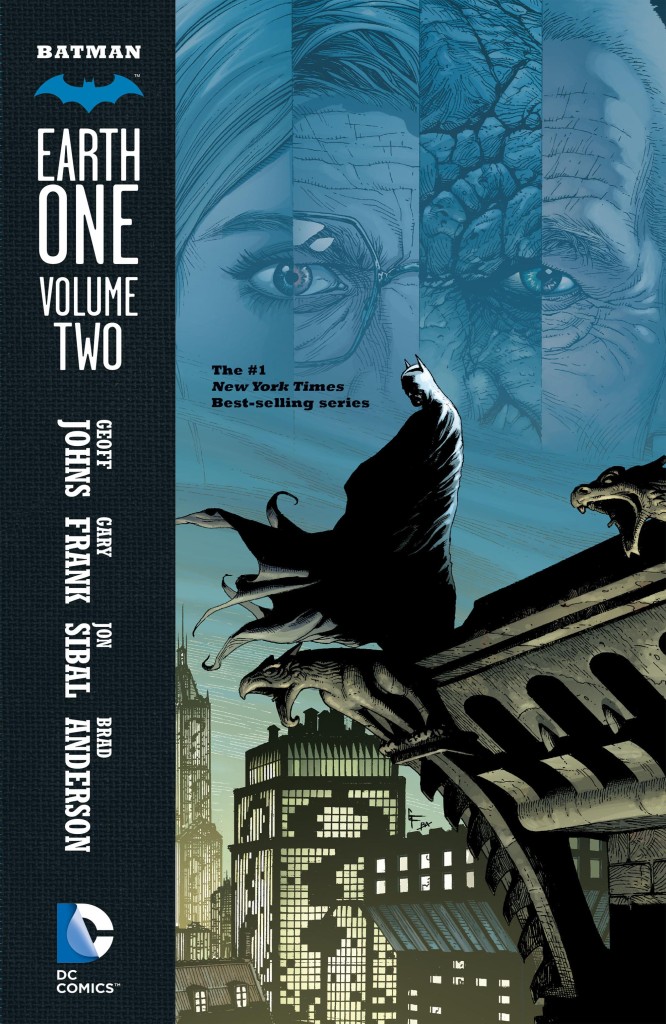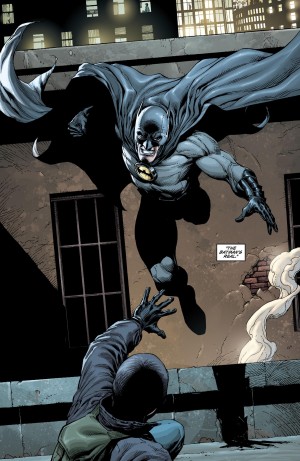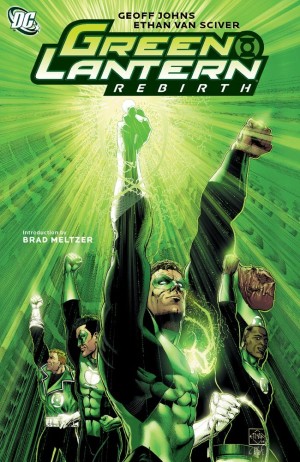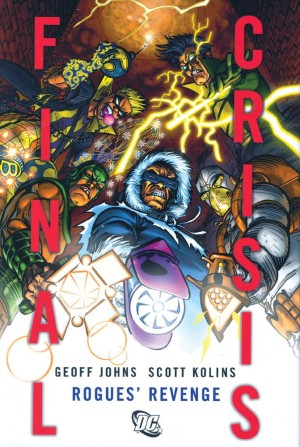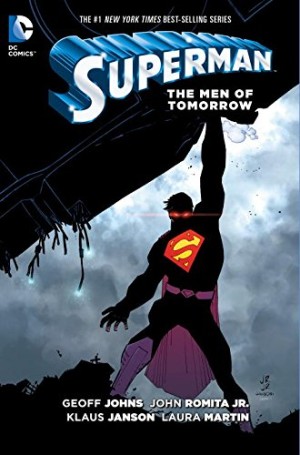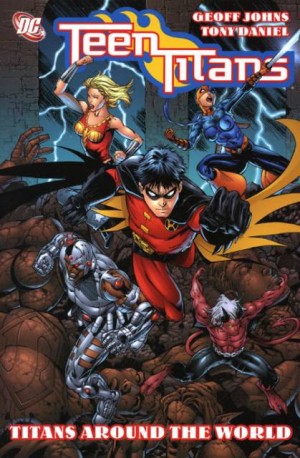Review by Ian Keogh
So many creators have dived back to Batman’s origin that the odds were against Geoff Johns and Gary Frank producing anything that we hadn’t seen before. They did, and the opening volume presenting this alternate Batman was a resounding, page-turning success, all the more so for all-but ignoring the circus of villains ever-present in Gotham. That’s not the case here, as indicated by the subtle cover.
There’s an excellent narrative signifier in the opening pages displaying how far Batman has progressed since the first volume by all-but repeating the sequence beginning that book. We’re told that six months has elapsed, and he’s far more proficient. While the previous mayor is no longer in office, the rackets they ran have been split between five city officials, and the new mayor is unable to discover which ones.
Early in the book Bruce Wayne has to make a difficult ethical decision that ultimately costs a friendship, yet he does so knowing the possible consequences with no hesitation. It’s a display that in his head he’s already Batman rather than Wayne, but when confronted, he doesn’t yet consider himself a detective.
The appearance of villains is interesting. In many ways it’s intrusive, and is the Riddler on anyone’s list of essential Gotham villains these days? Yet, the Riddler has a purpose. He asks questions. They’re not always riddles, and he’s not very interested in the answers. He is problematical,even repurposed as a terrorist with a cause rather than the quixotic or detective incarnations. Also here is King Croc, barely seen, and rather clumsily inserted for a later plot intervention.
Gary Frank’s art is again very impressive, prioritising exciting action, yet able to supply the quieter moments just as effectively. The simple concept of displaying Batman’s eyes rather than covering them works wonders for emotional character release, yet his armoury of techniques extends beyond that. The story is again broken up by the use of a several full page or even double page spreads of Batman in action, and they’re all great, attention-grabbing and thrilling.
Despite that, this isn’t the triumph that its predecessor was. What made the previous book so interesting is that while Batman approximated what he’s always been, there was an uncertainty about the supporting cast. That’s largely removed here, although Johns toys with a few familiar names, and what we’re left with is a very good Batman story, but one that could have been about pretty well any Batman past or present. It’s no longer unique.
